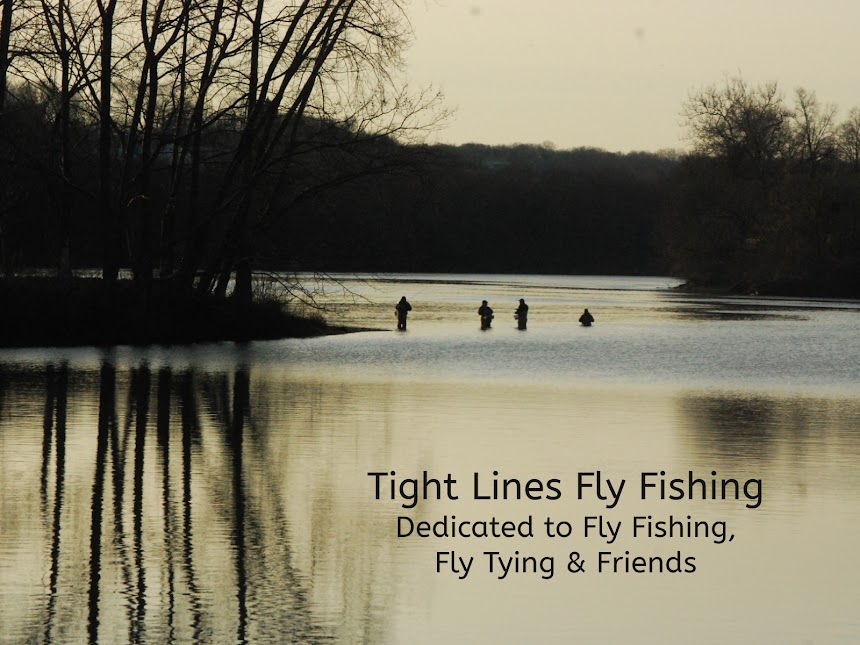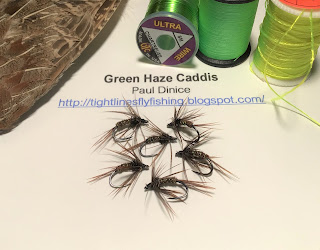Modified Hornberg
Hook: Diachi 2220 Size #10 4X long streamer hook or
similar.
Thread: Black.
Under
Body: Lead wire. Body:
Gold
mylar braided tubing.
Wing: Yellow dyed mallard.
Hackle: Grizzly hen.
Head: Black thread.
This
is someone’s super secret fly that I’ve had in my box and used for at least 25 years now. I never listed it as a “Fly
of the Month” out of thanks and respect to the individual that turned me onto
it. But I think it’s time now. This particular variation is used a lot on
trout streams in
Begin
by applying a thread base across the hook shank. Wrap the mid section with lead wire. Cover with thread and lacquer. Tie off and cut off thread. Cut a piece of the mylar gold tubing to hook
shank length. Remove center cord and
slip tubing over the hook shank. Tie
the tubing to the hook shank where the rear of the hook shank meets the
bend. Whip finish and cut off thread. I usually use clear mono to do this but you
can use any color thread. You can ‘ruffle’ out the trailing mylar strands. Re-apply thread approximately ¼ of the hook
shank length from the hook eye. Tie in
wing of yellow dyed mallard. Tie in
grizzly hen hackle. Wrap hackle forward
4-5 turns. Form head and tie off
fly. When fishing this fly dead drift
it, twitch it, wet fly swing it, and strip it fast and furious. It all works. DEFINITELY USE IT IF THERE ARE RAINBOWS IN
THE WATER!



